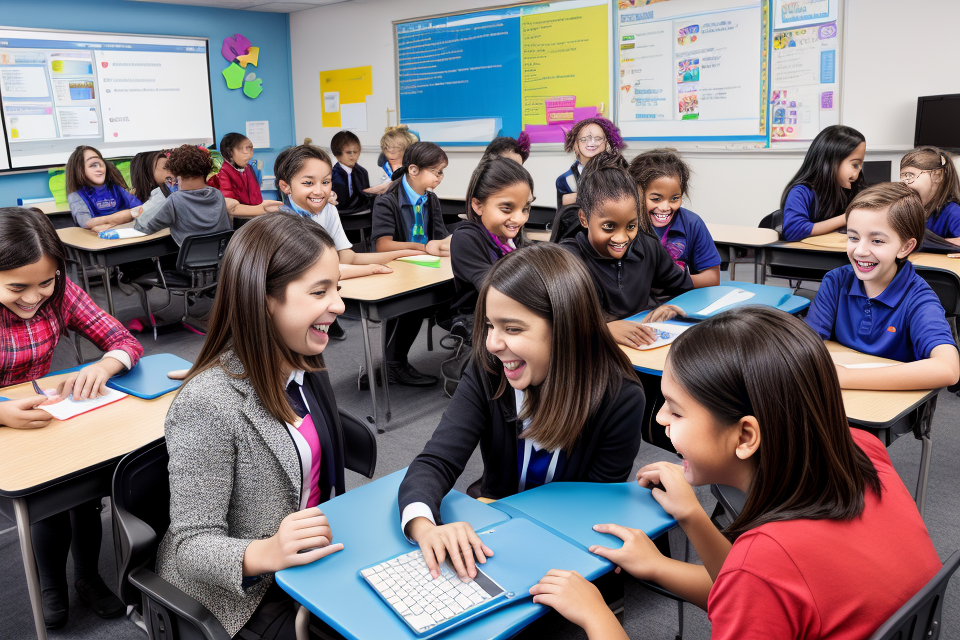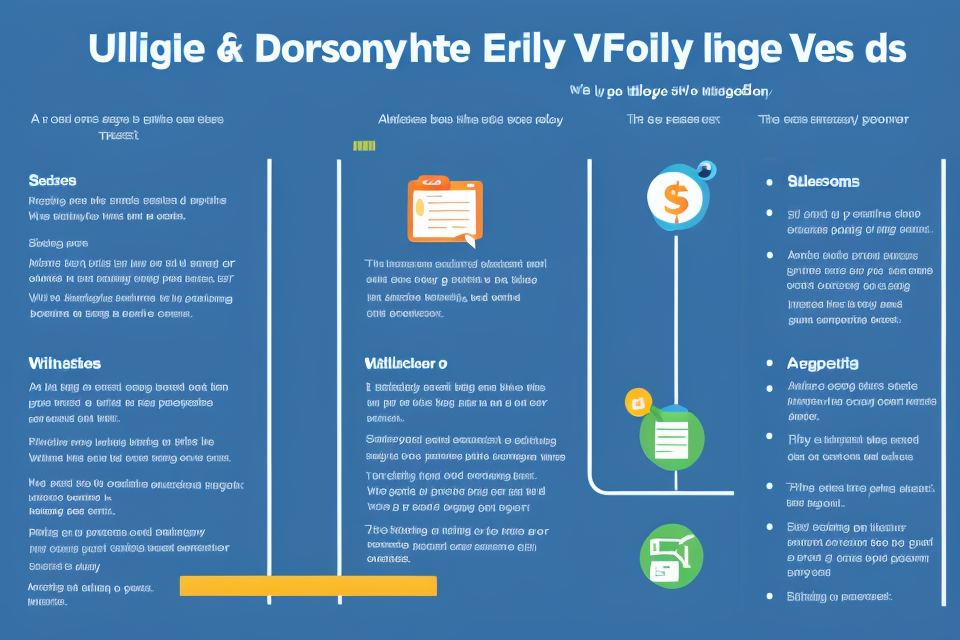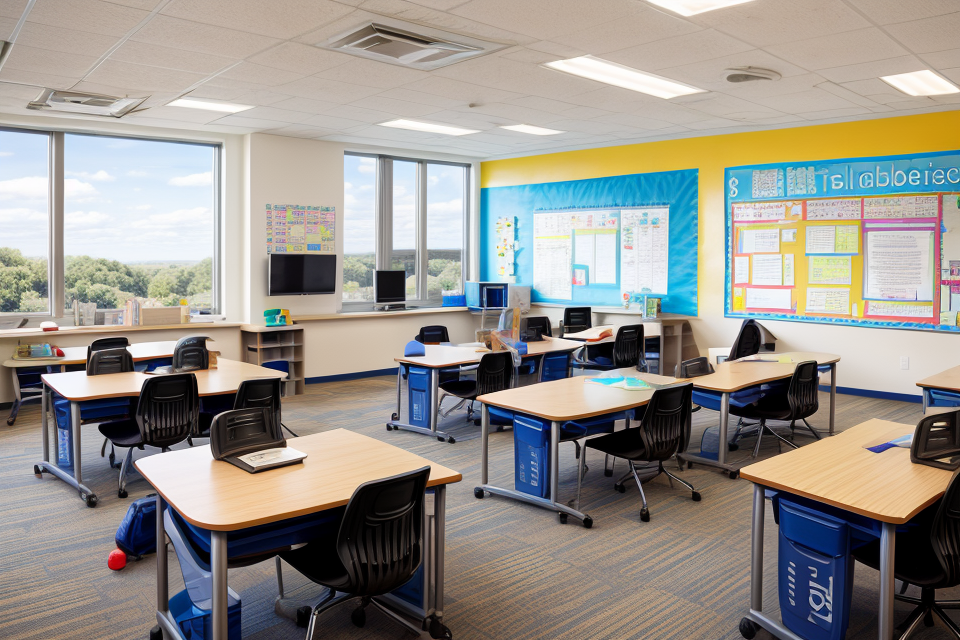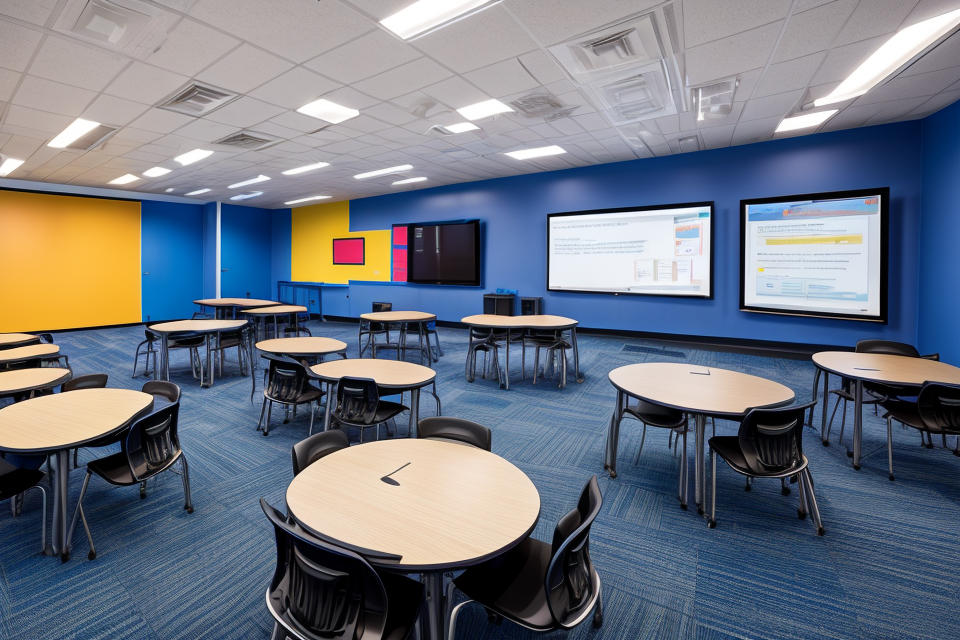
An interactive learning platform is a technological tool that has revolutionized the way students learn. It provides a digital environment where students can access educational resources, collaborate with peers, and engage in a variety of interactive activities. The platform is designed to enhance the educational experience by making learning more engaging, accessible, and personalized. With the help of an interactive learning platform, students can access a wealth of information, participate in online discussions, complete assignments, and take quizzes and tests. This technology has enabled teachers to create a more dynamic and interactive classroom experience, which can lead to improved student engagement and better academic outcomes. In this article, we will explore how an interactive learning platform can enhance the educational experience and provide a more dynamic and engaging learning environment for students.
An interactive learning platform enhances the educational experience by providing students with a more engaging and dynamic learning environment. It allows for a more personalized and self-paced learning experience, where students can actively participate in their own learning process. Interactive platforms often include features such as multimedia content, interactive simulations, and gamification, which can help to increase student engagement and motivation. Additionally, interactive platforms often provide opportunities for collaboration and communication among students, which can foster a sense of community and support in the learning process. Overall, an interactive learning platform can provide a more interactive and engaging learning experience, which can lead to improved student outcomes and a more positive educational experience.
What is an interactive learning platform?
Definition and explanation
An interactive learning platform is a digital educational tool that combines various technologies to facilitate engaging and immersive learning experiences for students. It provides a comprehensive environment for students to access and interact with educational content, including text, images, videos, and other multimedia materials. The platform also offers features that support collaboration, communication, and assessment, allowing teachers to monitor student progress and provide personalized feedback.
The primary goal of an interactive learning platform is to create a dynamic and interactive learning environment that fosters student engagement and improves learning outcomes. By integrating various technologies, such as learning management systems, video conferencing tools, and social learning platforms, these platforms enable students to access educational resources and participate in learning activities from anywhere, at any time.
One of the key components of an interactive learning platform is its ability to support multiple learning styles. By providing a variety of multimedia materials, such as videos, podcasts, and interactive simulations, the platform can cater to different learning preferences, including visual, auditory, and kinesthetic learners. This flexibility helps to ensure that all students can access and engage with the educational content, regardless of their individual learning needs.
Another advantage of an interactive learning platform is its ability to facilitate collaboration and communication among students and teachers. The platform can include features such as discussion forums, group workspaces, and real-time communication tools, which enable students to work together on projects, share ideas, and ask questions. This collaborative learning environment fosters a sense of community and encourages students to engage with one another, enhancing their social and emotional learning.
Overall, an interactive learning platform offers a wealth of benefits for both students and teachers. By providing a dynamic and engaging learning environment, these platforms can enhance student motivation, improve learning outcomes, and promote a more collaborative and inclusive learning experience.
Interactive learning platform vs. traditional learning methods
Comparison of features and benefits
One of the primary benefits of an interactive learning platform is its ability to increase engagement and participation among students. Traditional learning methods often rely on lectures and passive learning, which can lead to students becoming disengaged and disinterested in the material. In contrast, interactive learning platforms allow for more active participation, through features such as interactive simulations, games, and quizzes. This type of engagement helps to keep students focused and motivated, leading to improved retention of information.
Another key benefit of interactive learning platforms is their ability to provide personalization and adaptability. With traditional learning methods, students are often placed in a one-size-fits-all approach, with the same material being presented to all students regardless of their individual needs. Interactive learning platforms, on the other hand, allow for personalized learning experiences, with the ability to adapt to the student’s pace and learning style. This can help to improve the overall learning experience and increase the likelihood of students mastering the material.
Accessibility and flexibility are also enhanced through the use of interactive learning platforms. Traditional learning methods often require students to be present in a physical classroom, which can be limiting for those who are unable to attend due to location or scheduling conflicts. Interactive learning platforms allow for online access to course materials, making it easier for students to fit learning into their busy schedules. Additionally, interactive learning platforms can be accessed from anywhere with an internet connection, making it easier for students to continue their education even if they are unable to attend classes in person.
Overall, the comparison of features and benefits between interactive learning platforms and traditional learning methods highlights the many advantages of using an interactive learning platform to enhance the educational experience. Engagement and participation, personalization and adaptability, and accessibility and flexibility are all enhanced through the use of interactive learning platforms, leading to improved learning outcomes for students.
The role of technology in interactive learning platforms
Integration of multimedia and gamification
Multimedia integration refers to the use of various forms of media, such as text, images, audio, and video, to enhance the learning experience. This can be achieved through video lectures, animations, and interactive simulations. Video lectures provide students with the opportunity to visualize complex concepts and gain a deeper understanding of the subject matter. Animations, on the other hand, can help explain abstract concepts in a more engaging and memorable way. Interactive simulations allow students to explore different scenarios and test their knowledge in a safe and controlled environment.
Gamification, on the other hand, involves incorporating game-like elements into the learning process to make it more engaging and enjoyable. This can include rewards, points, badges, and leaderboards to motivate students to participate and engage with the material. Gamification techniques can also encourage healthy competition and social learning, as students can compare their progress and collaborate with their peers.
Additionally, virtual and augmented reality experiences can provide students with immersive and interactive learning experiences. Virtual reality allows students to explore different environments and scenarios in a safe and controlled manner, while augmented reality can provide additional information and context to the real world. These technologies can help students develop a deeper understanding of complex concepts and improve their problem-solving skills.
Overall, the integration of multimedia and gamification in interactive learning platforms can enhance the educational experience by providing students with engaging and interactive learning opportunities. By incorporating various forms of media and game-like elements, students can gain a deeper understanding of the subject matter and develop important skills, such as critical thinking and problem-solving.
Benefits of interactive learning platforms for students
Improved learning outcomes and motivation
- Interactive learning platforms offer personalized learning experiences, tailoring the educational content to each student’s individual needs and abilities.
- The use of multimedia elements, such as videos, animations, and simulations, enhances the students’ understanding and retention of complex concepts.
- Interactive learning platforms often include gamification elements, which increase student motivation and engagement by providing a sense of accomplishment and competition.
- These platforms allow for real-time feedback, enabling students to identify and correct mistakes immediately, leading to improved learning outcomes.
- Furthermore, interactive learning platforms enable students to work at their own pace, allowing them to spend more time on difficult concepts and less time on those they have already mastered.
Benefits of interactive learning platforms for educators
Enhanced teaching methods and tools
- Access to diverse teaching materials and resources:
- Interactive learning platforms provide educators with a wide range of digital resources such as videos, images, simulations, and animations that can be used to enhance lesson plans and make learning more engaging for students.
- These resources can be customized to meet the needs of different learners and can be easily accessed and shared by educators.
- Real-time feedback and assessment:
- Interactive learning platforms offer real-time assessment tools that allow educators to monitor student progress and provide immediate feedback.
- This enables educators to identify areas where students may be struggling and provide targeted support to help them improve.
- Professional development and collaboration:
- Interactive learning platforms offer opportunities for educators to collaborate and share best practices with other educators.
- They also provide access to professional development resources, such as online courses and webinars, that can help educators enhance their teaching skills and stay up-to-date with the latest educational trends and technologies.
Best practices for implementing interactive learning platforms
Planning and designing effective learning experiences
Effective planning and design are crucial when it comes to leveraging an interactive learning platform to enhance the educational experience. By carefully considering the learning objectives and goals, choosing appropriate technology tools and resources, and aligning with instructional design principles, educators can create engaging and impactful learning experiences for their students.
Identifying learning objectives and goals
The first step in planning and designing effective learning experiences is to identify the learning objectives and goals. This involves understanding the specific skills and knowledge that students need to acquire, as well as the desired outcomes of the learning experience. By aligning the content and activities on the interactive learning platform with these objectives and goals, educators can ensure that students are engaged in meaningful and relevant learning activities.
Choosing appropriate technology tools and resources
Once the learning objectives and goals have been identified, the next step is to choose appropriate technology tools and resources. This involves selecting tools and resources that support the learning objectives and goals, as well as the needs and preferences of the students. For example, if the learning objective is to improve writing skills, an interactive writing tool that provides feedback on grammar and sentence structure may be appropriate. If the students are visual learners, interactive visual aids such as videos and animations may be more effective.
Aligning with instructional design principles
Finally, it is important to align the design of the interactive learning platform with instructional design principles. This involves considering factors such as the learner’s background knowledge, the context in which the learning is taking place, and the level of difficulty of the content. By aligning with instructional design principles, educators can create learning experiences that are tailored to the needs of the students and that promote engagement and understanding.
Integrating interactive learning platforms into the curriculum
One of the best practices for implementing interactive learning platforms is integrating them into the curriculum. This involves gradually introducing the platform to students and evaluating its effectiveness in enhancing the educational experience.
It is important to balance screen time with offline activities to ensure that students do not become overly reliant on technology. This can be achieved by incorporating interactive learning platforms into specific subjects or topics, rather than using them as a replacement for traditional teaching methods.
Another key aspect of integrating interactive learning platforms into the curriculum is encouraging critical thinking and reflection. This can be done by designing activities that require students to analyze and evaluate information, rather than simply consuming it. For example, students could be asked to create a multimedia presentation on a particular topic, or to collaborate on a project that requires them to share their thoughts and ideas with their peers.
Overall, integrating interactive learning platforms into the curriculum can greatly enhance the educational experience by providing students with engaging and interactive learning opportunities. However, it is important to do so in a way that balances screen time with offline activities and encourages critical thinking and reflection.
FAQs
1. What is an interactive learning platform?
An interactive learning platform is a digital platform that enables students to learn through interactive multimedia elements such as videos, audio, animations, simulations, and games. These platforms provide a dynamic and engaging learning experience that enhances the overall educational experience.
2. How does an interactive learning platform enhance the educational experience?
An interactive learning platform enhances the educational experience by providing students with a more engaging and interactive way to learn. These platforms use multimedia elements such as videos, audio, animations, simulations, and games to create a dynamic and engaging learning experience. They also provide students with access to a wealth of information and resources, which can help them to better understand complex concepts and retain information.
3. What are the benefits of using an interactive learning platform?
The benefits of using an interactive learning platform include increased engagement, improved retention, and enhanced understanding of complex concepts. Interactive learning platforms also provide students with access to a wealth of information and resources, which can help them to better understand complex concepts and retain information. Additionally, these platforms can help to improve critical thinking and problem-solving skills, as well as foster collaboration and communication among students.
4. How do interactive learning platforms differ from traditional learning methods?
Interactive learning platforms differ from traditional learning methods in that they provide students with a more engaging and interactive way to learn. Traditional learning methods, such as lectures and textbooks, tend to be more passive and less interactive. Interactive learning platforms, on the other hand, use multimedia elements such as videos, audio, animations, simulations, and games to create a dynamic and engaging learning experience.
5. Are interactive learning platforms effective?
Yes, interactive learning platforms have been shown to be effective in enhancing the educational experience. Studies have shown that students who use interactive learning platforms tend to have better engagement, retention, and understanding of complex concepts compared to those who use traditional learning methods. Additionally, interactive learning platforms have been shown to improve critical thinking and problem-solving skills, as well as foster collaboration and communication among students.


